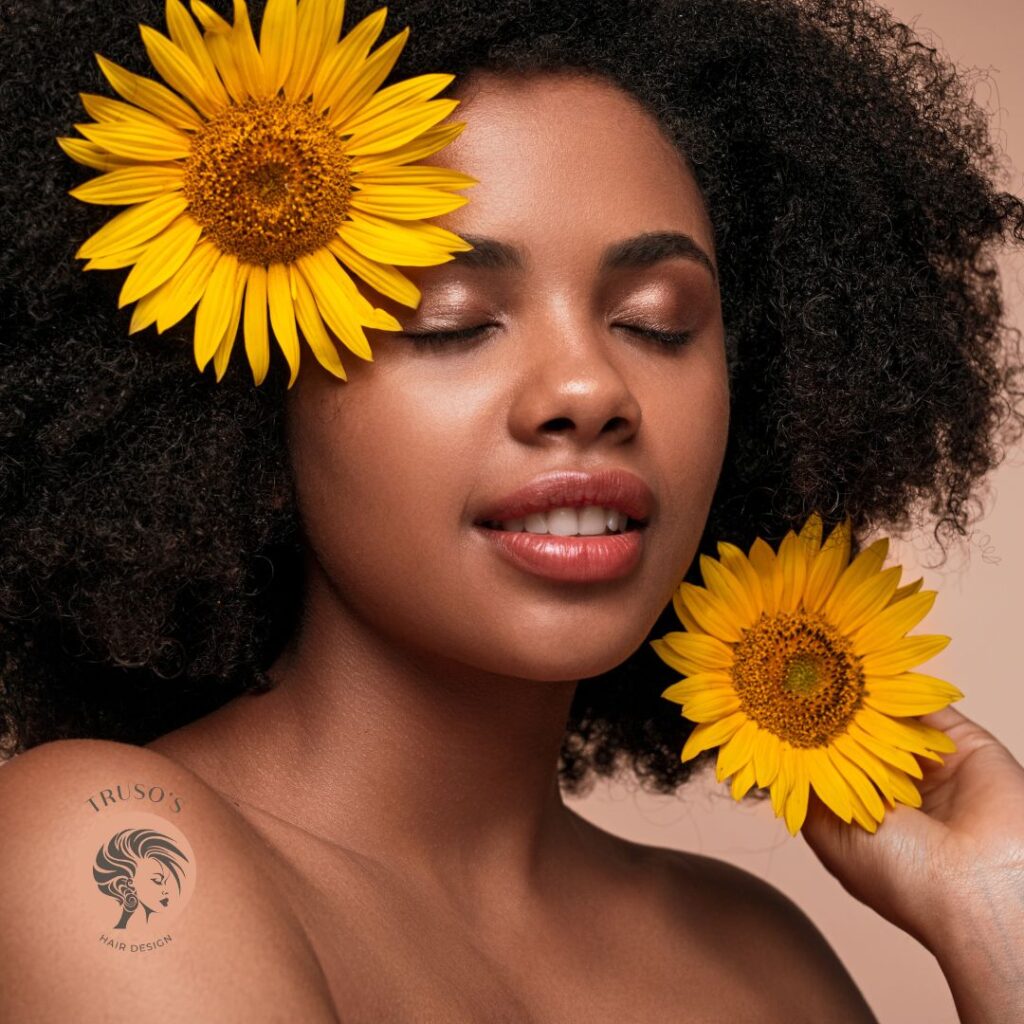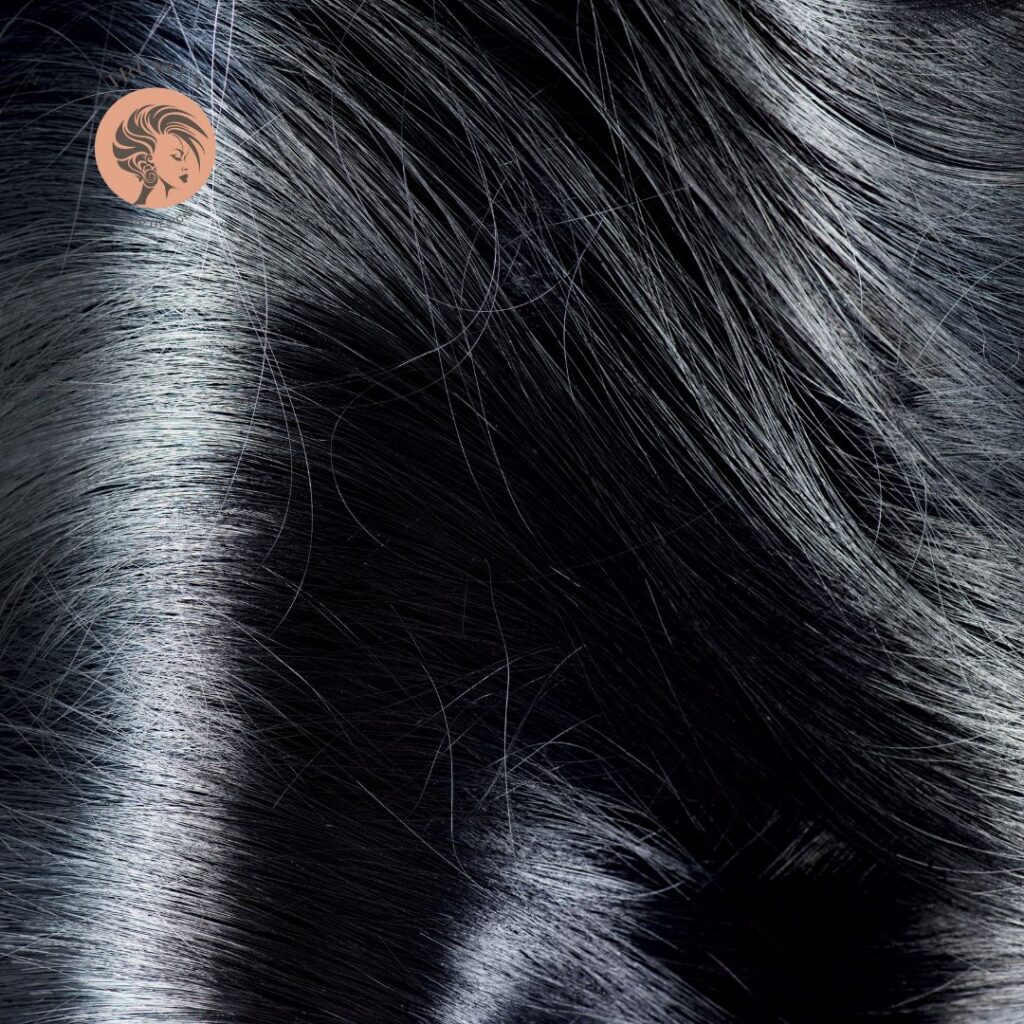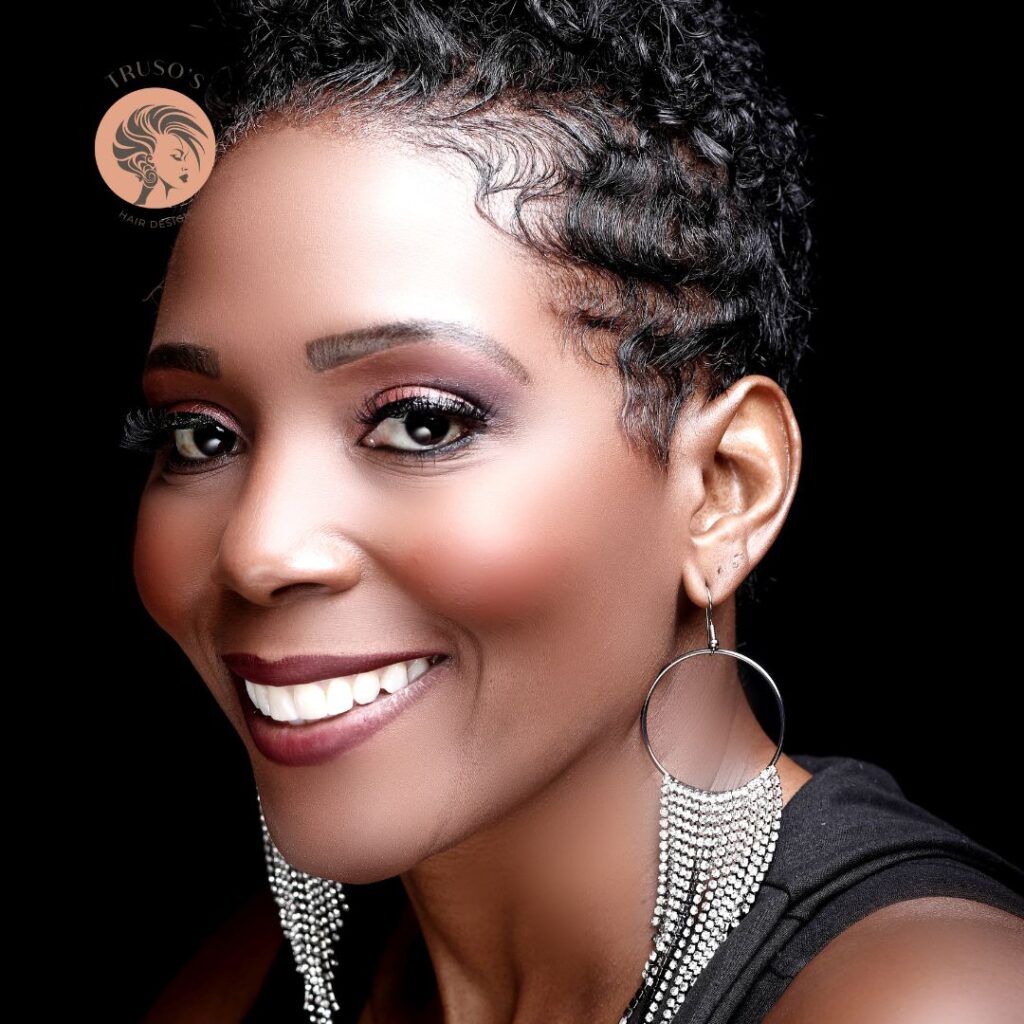How Can You Tell If Your Hair Is Unhealthy?
We often overlook the signs our hair gives us about its health. If you have a black hair experience, understanding how to identify unhealthy hair can make a significant difference in your hair care routine. This blog post will guide you through some common indicators of unhealthy hair, helping you take the right steps to restore its health.
Recognizing the Signs of Unhealthy Hair
Your hair can signal distress in various ways. Whether you have curls, coils, or a more relaxed texture, being aware of these signs is essential for maintaining healthy black hair. Here are key indicators to watch out for:
1. Excessive Breakage
One of the most noticeable signs of unhealthy hair is excessive breakage. If you frequently find broken strands on your brush or in your sink, it might be time to evaluate your hair care practices. Black hair experience often requires extra care to prevent breakage. This may include keeping the hair moisturised, reducing the frequency of heat styling, and avoiding harsh chemicals.
2. Dryness and Dullness
If your hair feels dry to the touch and lacks shine, it may be a sign of damage. Dryness can result from environmental stressors like sun exposure, harsh weather conditions, and inadequate moisture. Regular deep conditioning treatments can help combat this dryness, giving your hair the hydration it craves.
3. Split Ends
Split ends are a classic sign of unhealthy hair. When the protective cuticle of your hair is damaged, it can lead to split ends that continue to travel up the hair shaft. Regular trims can help prevent this, but addressing the underlying causes—such as overprocessing or lack of moisture—is crucial for maintaining healthy black hair.
4. Lack of Elasticity
Healthy hair has a certain degree of elasticity, meaning it can stretch without breaking. If you notice that your hair is snapping or not springing back when you stretch a strand, this could indicate that your hair is unhealthy. Incorporating protein treatments and moisturising products specifically designed for black hair might improve elasticity.
Understanding the Causes of Unhealthy Hair
Identifying unhealthy hair is just the first step; understanding the causes is essential for effective treatment. Here are some common contributors to unhealthy hair:
1. Overprocessing
Chemical treatments, such as relaxers or colour treatments, can weaken the hair structure. Many individuals with black hair experience texture changes after multiple treatments, which could lead to damage if not managed carefully. It’s crucial to allow adequate time between processing sessions to maintain hair health.
2. Inadequate Moisture
Black hair often requires more moisture compared to other hair types due to its unique structure. Without proper hydration, the hair can become brittle, leading to breakage. Use moisturising products, oils, and leave-in conditioners to keep your hair well-hydrated.
3. Heat Damage
Using heat tools excessively can severely damage hair, leading to dryness and breakage. A healthy black hair experience involves minimising heat styling. If you must use heat, always apply a protective serum beforehand and try to use tools on their lowest settings.
4. Poor Diet
A well-balanced diet is crucial for hair health. Nutritional deficiencies can affect the overall condition of your hair, making it more prone to breakage and other issues. Ensure you are consuming sufficient vitamins and minerals, particularly those known for promoting hair health, such as biotin, vitamins A, C, D, and E.
Steps to Improve Hair Health
Once you’ve identified the signs and causes of unhealthy hair, you can take steps to restore its health effectively:
1. Develop a Consistent Hair Care Routine
Creating a hair care routine suited to your hair needs is essential. Incorporate regular cleansing, conditioning, and treatment intervals. Tailored products based on your hair type will enhance results and contribute to a positive black hair experience.
2. Moisturise and Protect
Use rich moisturising products frequently and consider protective hairstyles that can help shield your hair from damage. Avoiding tight hairstyles can also reduce stress on the hair and scalp.
3. Trim Regularly
Maintain your hair by scheduling regular trims to eliminate split ends and promote healthy growth. A good rule of thumb is every 6-8 weeks, but it may vary depending on how quickly your hair grows.
4. Assess Products
Evaluate the products you currently use. Avoid those with sulfates, parabens, and other harsh chemicals. Opt for natural oils, butters, and gentler cleansing shampoos designed for black hair.
How Can You Tell If Your Hair Is Unhealthy? – Final Thoughts
How Can You Tell If Your Hair Is Unhealthy? Identifying unhealthy hair is the first step to taking control of your hair care routine. By recognising the signs such as excessive breakage, dryness, and reduced elasticity, you can create a nurturing environment for your hair. Engage in preventative measures such as regular trims, moisture restoration, and minimal heat usage. Embracing a positive black hair experience will lead to healthier hair and a renewed sense of confidence. Always listen to your hair and act accordingly; it will thank you!
Return to our blog page regularly for more interesting articles




